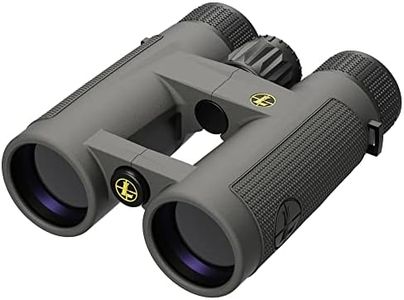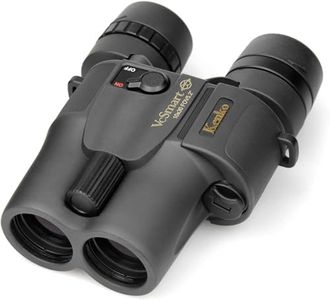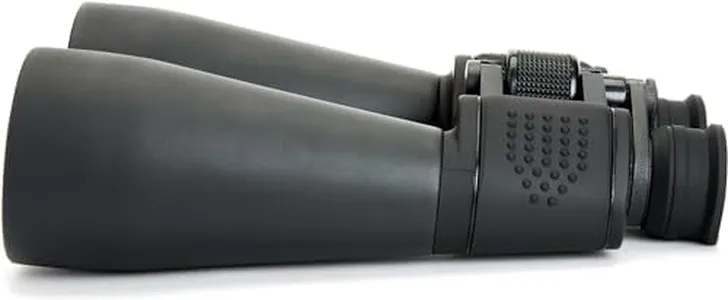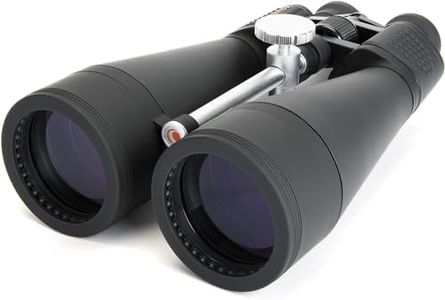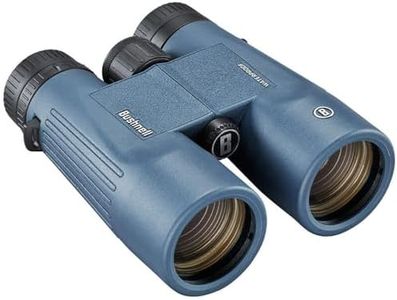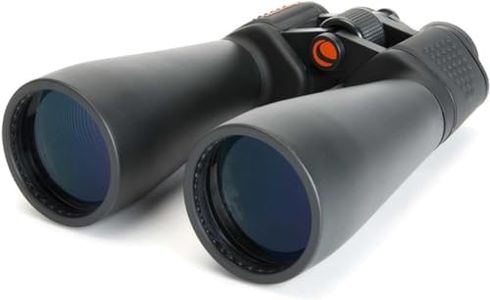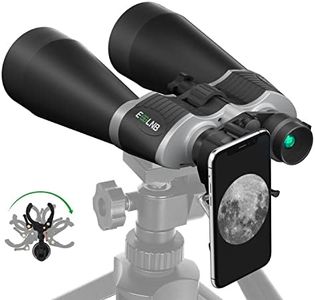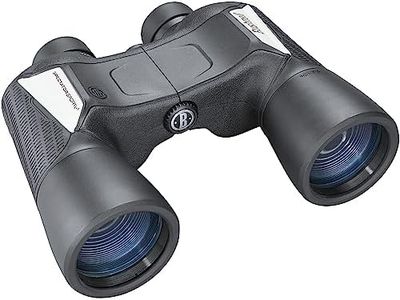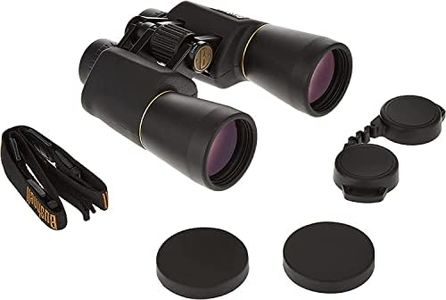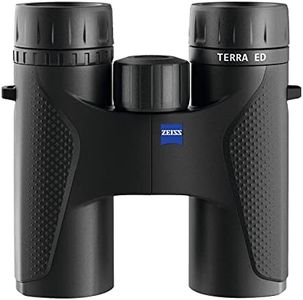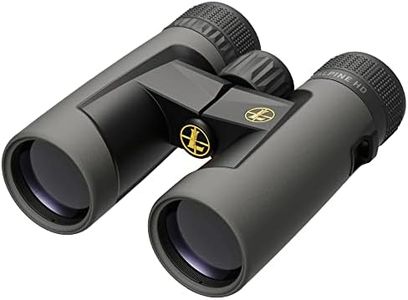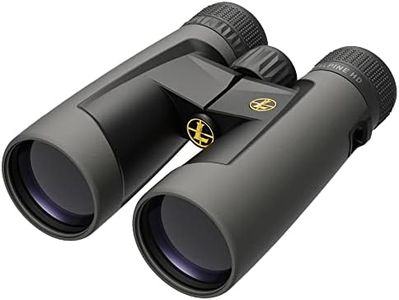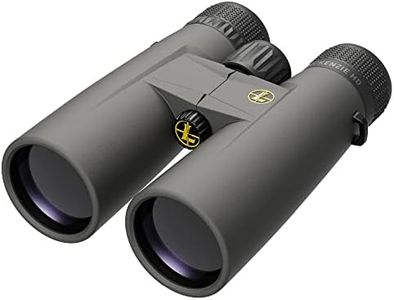We Use CookiesWe use cookies to enhance the security, performance,
functionality and for analytical and promotional activities. By continuing to browse this site you
are agreeing to our privacy policy
10 Best Long Range Binoculars
From leading brands and best sellers available on the web.By clicking on a link to a third party's website, log data is shared with that third party.
Buying Guide for the Best Long Range Binoculars
When choosing long-range binoculars, it's important to focus on what you'll be using them for—whether it's bird-watching, stargazing, hunting, or other outdoor activities. The key is to match the binoculars' features to your needs for comfort, image clarity, and performance over distances. Pay attention to the specifications, as each detail can affect your experience, from how clear your view is to how easy it is to carry and use the binoculars during extended sessions.Magnification PowerMagnification power tells you how much closer an object will appear compared to the naked eye. For example, an 8x magnification means the object appears eight times closer. Higher magnification, such as 12x or more, is typical for long-range use but can be harder to keep steady and may show a narrower field of view. Lower magnification is easier to hold steady and offer a wider view, which is good for tracking moving objects. Choose higher magnification for observing distant, stationary objects, and moderate magnification if you need wider views or handholding comfort.
Objective Lens DiameterThe objective lens diameter (the size of the lenses farthest from your eyes) determines how much light the binoculars can gather, impacting how bright and sharp the image appears, especially in low-light conditions. Larger diameters, like 50mm or more, are ideal for dusk, dawn, or stargazing but can make the binoculars heavier. Smaller diameters are lighter and more portable, but may not perform as well in low light. Pick a larger lens if you'll be using the binoculars in dim conditions and don't mind extra weight, or a smaller one for daytime use and easier carrying.
Field of ViewField of view is how wide an area you can see through the binoculars, usually measured in feet at 1,000 yards or in degrees. A wide field of view makes it easier to scan the horizon or follow moving subjects, while a narrow field of view is common with higher magnification binoculars and allows for more detailed observation of a small area. Choose a wider field if your subjects are moving or if you like to observe larger areas, and opt for a narrower field if you’re targeting distant, stationary objects.
Image StabilizationAt higher magnifications, even small hand movements can cause the image to shake. Image stabilization technology helps reduce this effect, making it possible to use high-powered binoculars by hand without a tripod. Binoculars with this feature are often more comfortable for extended viewing and can help you spot fine details over long distances. Consider image stabilization if you plan to use the binoculars without a tripod or for long periods.
Weight and SizeLong-range binoculars often become larger and heavier as their power increases. While bigger binoculars may offer better clarity and brightness, they may also be less comfortable to carry and use for long periods. If you'll be hiking or traveling a lot, lighter and more compact models are preferable. For static observation, such as from a deck or a hide, you might prefer heavier binoculars with higher performance.
Eye ReliefEye relief describes the distance your eyes can be from the eyepiece while still seeing the full field of view. This is especially important for people who wear glasses. Longer eye relief (usually over 15mm) makes binoculars more comfortable to use and allows you to keep your glasses on. If you wear glasses, check for longer eye relief; if not, most standard eye relief lengths will suffice.
Weather ResistanceMany long-range binoculars offer waterproof and fog-proof features, making them suitable for use in various weather conditions. This is typically achieved by sealing the binoculars and filling them with gases like nitrogen. If you plan outdoor use in unpredictable conditions or near water, select models with good weather resistance to protect your investment and ensure clear viewing.
